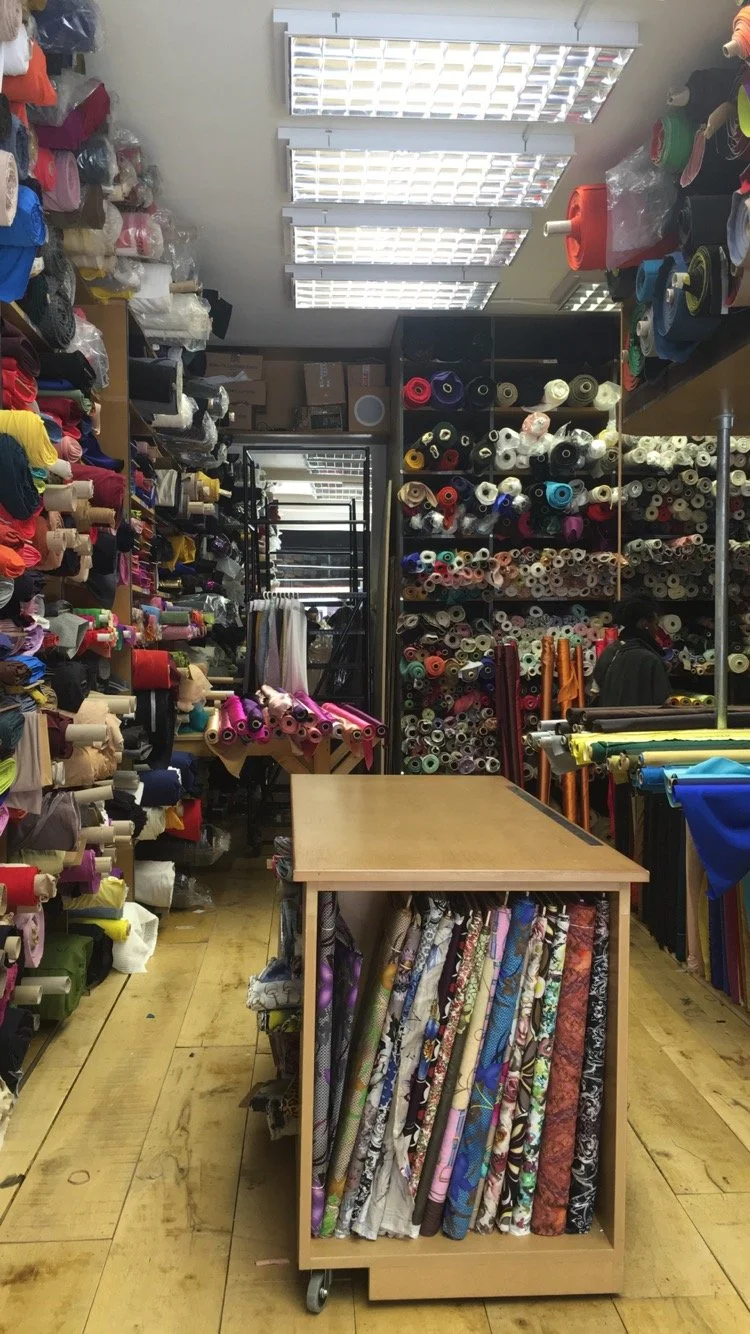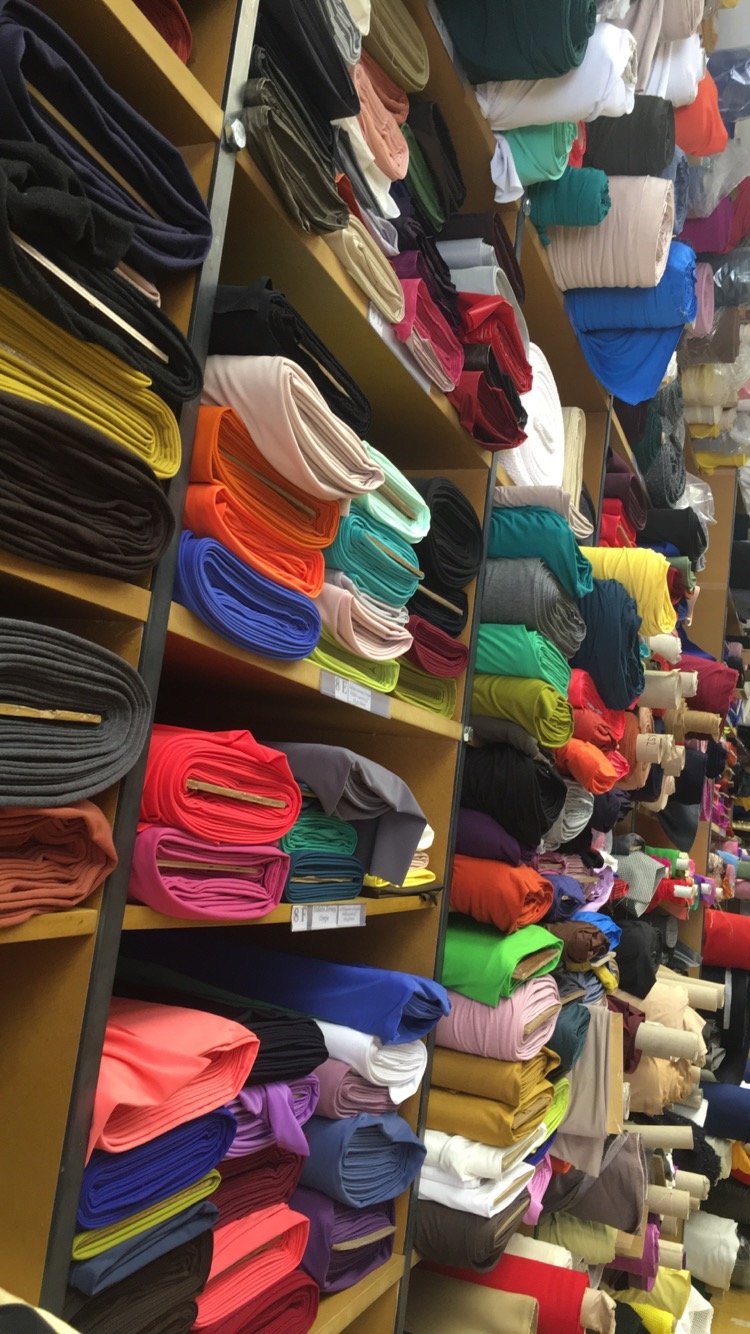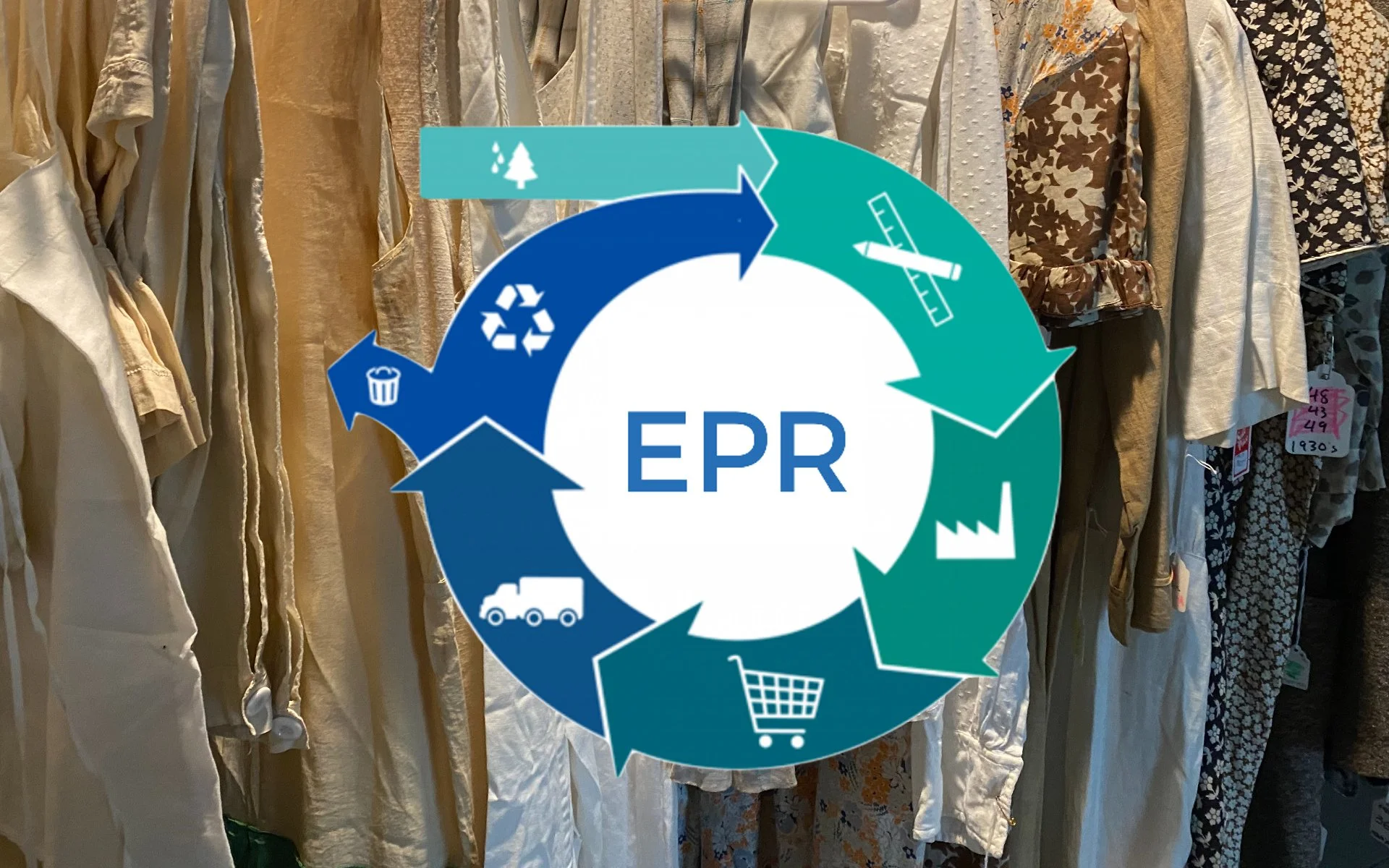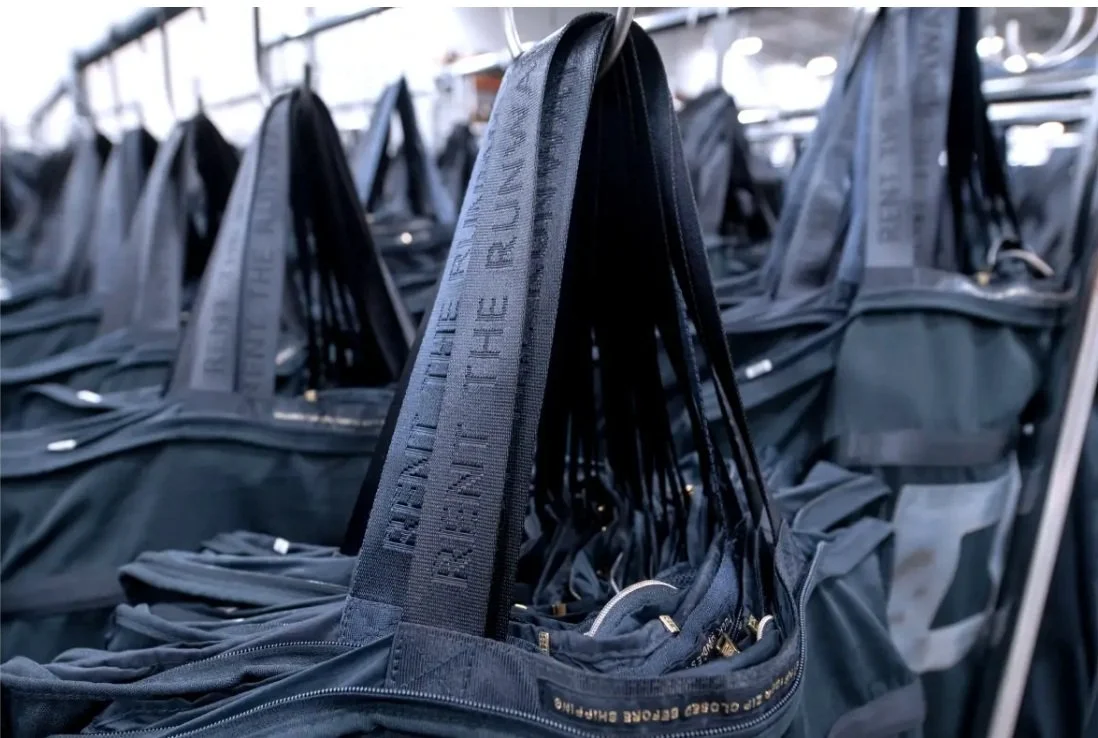“Putting America First in International Environmental Agreements”
During President Trump’s inauguration event, he signed several executive orders, one of which specifically directed the United States to withdraw from any agreements, pacts, accords, or similar commitments made under the United Nations Framework Convention on Climate Change. The President instructed the US Ambassador to the UN to promptly submit a formal written notification of withdrawal from the Paris Agreement under the UN Framework Convention on Climate Change.
What is the Paris Agreement??
The Paris Agreement is an international climate pact between 196 nations aiming to decrease global warming to 2.7˚F (1.5˚C) long term. The nations agree to work together to keep global warming below levels that could lead to an environmental catastrophe. Iran, Libya and Yemen are the only countries not part of the agreement.
[Timeline]
2015
In 2015 at the inception of the agreement, countries made individual commitments to do their part in combating harmful environmental woes.
2017
Upon taking office, President Trump proclaimed that he would pull the US from the agreement as it “didn’t reflect US values”. Trump instead pleaded to “…steer American taxpayer dollars to countries that don’t require, or merit financial assistance in the interest of the American people.”
2020
President Trump’s efforts were formalized November 4, 2020, however, this was the day after President Joe Biden won the presidential election.
2021 - Present
When Biden took office, he immediate reentered the US into the agreement. Throughout his entire term, President Biden supported the pact pledging to provide targets to cut emissions of greenhouse gases by reduction of burning of coal, oil and natural gases. Specifically, Biden most recently submitted a plan, the US International Climate Finance Plan, to cut US greenhouse gas emissions by more than 60% by 2035. President Trump’s executive order proposes the immediate revocation and rescission of Biden’s plan
Ultimately Trump believes that the United States could be a model for other countries in regard to environmental and economic objectives and therefore doesn’t have to be a part of the large international pact. He is prioritizing US economic efficiency and consumer choice. The Order boasts of how over decades, the US has increased energy production, reduced air and water pollution, and reduced greenhouse gas emissions on its own accord with the help of “sensible policies”.
However many would argue that the US should join forces with those leading the charge against the climate crisis. The US is the second largest annual carbon-polluting country (behind China) and is responsible for 22% of CO2 in our air since 1950.
European Climate Committee members view the withdrawal as unfortunate, and reductive even. They believe the efforts to slow climate change are much “stronger than any single country’s politics and policies”. Climate disasters such as droughts, wildfires, and superstorms are undeniably becoming worse and much more frequent.
Those assertions will not divert Trump’s agenda to – Put America First, Make America Great Again
Fashion Forward - Paris Agreement
The global apparel industry is a major contributor to the climate and ecological crisis, accounting for approximately 2-8% of global carbon emissions, as well as consuming around 215 trillion liters of water each year. Adopting sustainability and circularity within the textile value chain has the potential to significantly shift cultural norms and practices, leading to reductions in environmental impact and positive climate outcomes. Through aligned ambition with the Paris Agreement, key stakeholders in the fashion industry (many American companies/brands) have pledge renewed commitment efforts to the Fashion Industry Charter for Climate Action. Signatories to the Fashion Charter (130 companies and 41 supporting organizations) agreed to set science-based emission reduction targets and to create a decarbonization plan to limit the global temperature rise to 1.5˚C above pre-industrial levels.
Sources:
The White House. (2025). Putting America First in International Environment Agreements (Executive Order, Jan. 20, 2025) https://www.whitehouse.gov/presidential-actions/2025/01/putting-america-first-in-international-environmental-agreements/
Global Carbon Project. https://www.globalcarbonproject.org/index.htm
United Nations Climate Change. Global Change Action. Fashion Charter - Participants. https://unfccc.int/climate-action/sectoral-engagement-for-climate-action/fashion-charter/participants#eq-1











